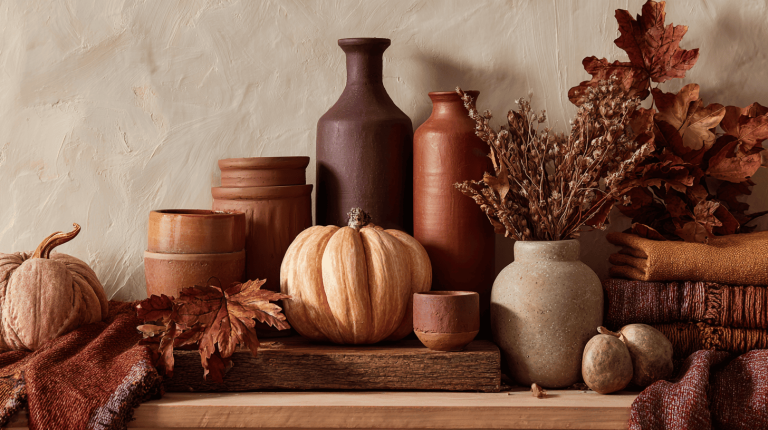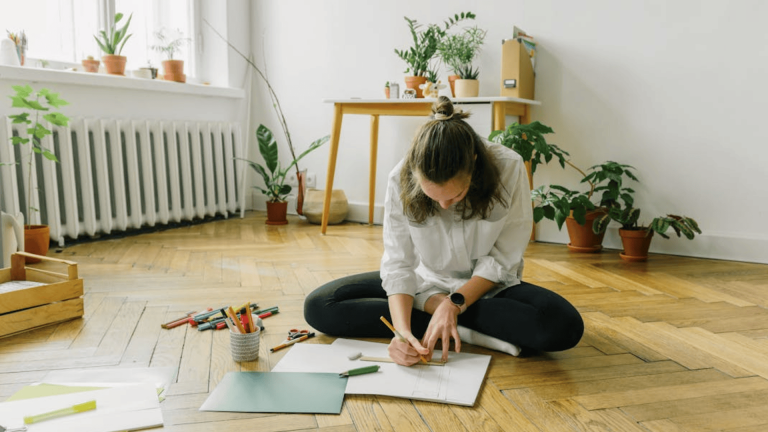Create Kid-Friendly Spaces with Custom Visuals

In order to transform your child’s space into a fun and educational wonderland, you’ll need elements that are visually engaging.
Paint and posters are a good starting point, of course. But to go the extra mile, you can personalize play areas with bespoke elements which encourage creativity, while giving you control over safety and learning cues in the room.
With that in mind, here’s a handful of practical tips for turning photos into inspiration that reflects your family’s unique story, creating an engaging environment where imagination knows no bounds.
Custom Coffee Table Books

A personalized coffee table book for your kids’ spaces is an imaginative way to integrate storytelling into decor. You can design and order custom coffee table photo books online, offering endless possibilities to personalize them with vibrant pictures and engaging themes.
Ideas to consider in this context include:
- Favorite Stories: Transform beloved bedtime tales into unique visual narratives that inspire creative thinking.
- Family Adventures: Chronicle family trips or special moments to foster a sense of belonging and curiosity about the world.
- Educational Themes: Introduce concepts like colors, animals, or the alphabet in an interactive manner by including relatable images.
Such books can serve as decorative pieces while also providing educational value. They become interactive tools that captivate young minds while adding character to their play areas. Moreover, personal touches create spaces where kids feel connected and motivated to explore their interests actively.
Family Photos
Decorating the walls of a kid-focused space with family photos is something a lot of parents do, although not always mindfully. However, if you put a little thought into the choice of snaps and the way they’re arranged, this setup will serve as a storytelling tool that sparks interest and learning.
Here’s how to integrate family photos effectively:
- Conversation Starters: Place pictures from different places you’ve visited to discuss geography or cultures.
- Life Events: Use milestones like birthdays or first steps to teach about time and growth.
- Diverse Backgrounds: Include photos with various landscapes to encourage curiosity about nature and the environment.
This approach transforms a room into a dynamic learning space where children engage in educational discussions without even realizing it. And since 60% of our brain power is taken up with processing visual information, it’s innately impactful as well.
Additionally, displaying these snapshots makes the area feel personalized, offering both comfort and stimulation for your little ones. It’s all about using what’s close at hand to create spaces full of wonder and insight.
Vacation Themes
Bringing vacation vibes into a child’s space is another way to ignite excitement and imagination. It’s about creating an environment where learning feels like an adventure, and where your carefully planned vacations continue to pay dividends long after they’ve ended.
Consider these elements for inspiration:
- Maps and Flags: Incorporate visuals of places you’ve visited to discuss geography and cultures.
- Local Artifacts: Display souvenirs or crafts from trips to introduce historical or cultural lessons.
- Interactive Displays: Create a “travel corner” with photos, postcards, and stories that encourage exploration.
These themes help develop curiosity about the world outside their immediate surroundings. Each piece becomes part of a bigger narrative that fuels creativity while teaching valuable lessons in history, geography, and social studies.
Kids become little explorers within the safety of their home environment as they learn through visual prompts. This approach enriches their play area with stories of distant lands while keeping education light-hearted yet impactful.
Safety Meets Creativity

Designing a space that’s both safe and imaginative is essential for nurturing your child’s creativity without compromising security. Balancing these aspects can transform a room into an engaging haven. With annual emergency room visits for children injured at home topping 9.2 million, proactive prevention is a must.
Key considerations include:
- Soft Furnishings: Use plush rugs or cushions to provide comfort while reducing the risk of bumps and bruises.
- Rounded Furniture: Choose tables and chairs with rounded edges to prevent injuries during playtime.
- Wall Decals: Opt for peel-and-stick decals that allow you to change themes easily without permanent damage.
Integrating these elements ensures the space remains inviting yet secure. Children get freedom in their creative expression, while parents have peace of mind knowing potential hazards are minimized.
This balance lets imagination flourish within protective boundaries, offering a stimulating environment where kids can explore confidently. In this way, safety doesn’t hinder creativity but rather it supports it by providing structure in amongst colorful chaos.
Engaging Visual Elements
We’ve established that vibrant visuals capture attention and spark creativity in children, and there are more options to consider if this is your goal. In fact the right elements can transform a space, making it an exciting playground for the mind.
Ways to include engaging visuals are:
- Interactive Murals: Paint walls with scenes or characters that encourage storytelling and imagination.
- Magnetic Boards: Install boards where kids can rearrange magnets or create art, providing a canvas for evolving ideas.
- Educational Posters: Display bright posters featuring numbers, letters, or animals to stimulate learning through sight.
These features can become integral tools for cognitive development. They invite kids to interact actively with their surroundings rather than being passive observers.
Balancing Aesthetics and Functionality
Creating a kid-friendly space requires harmonizing visual appeal with practical use. An area that’s both beautiful and functional encourages play while serving daily needs.
Strategies to achieve this balance include:
- Multi-Purpose Furniture: Use items like storage ottomans or foldable desks to maximize space without sacrificing style.
- Color Coordination: Choose a cohesive color palette that delights the eye but remains calming and suitable for varied activities.
- Adjustable Elements: Opt for adaptable lighting or movable shelves that can evolve as your child grows.
This blend ensures spaces are not only visually inviting but also tailored for everyday use. Kids enjoy an environment filled with possibilities, where each element serves a purpose beyond aesthetics. According to studies, using high-quality audio accessories in conjunction with visual elements can create a holistic space that caters to all senses for a more complete learning experience.
This thoughtful approach transforms their room into a flexible setting, supporting both spontaneous play sessions and structured learning times. Ultimately, it’s about creating spaces that work seamlessly within family life while still reflecting personal taste.
Final Thoughts
Including elements like custom coffee table books, vacation-inspired prints and family photos in kid-friendly spaces at home will be a rewarding step to take. And if you involve your little ones in the design process, they’ll have even more to take from the experience.






